Introduction
Mental health in pets is often overlooked, yet cats and dogs can experience depression due to environmental changes, illness, or loss of a companion. Recognizing the signs early can lead to timely intervention and improved quality of life.
1. Behavioral Changes
Lethargy and Reduced Activity: Depressed pets may sleep more than usual, show little interest in play, or avoid favorite toys and routines.
Loss of Appetite or Overeating: A significant drop in food intake or, conversely, stress-induced overeating can indicate emotional distress.
Social Withdrawal: A normally social dog may isolate itself, hide, or avoid human contact. Cats may retreat to secluded spots or stop greeting owners.
Increased Irritability or Aggression: Frustration from internal distress can manifest as growling, hissing, or uncharacteristic snapping.
2. Physical Indicators
Poor Grooming or Neglect of Hygiene: Cats may stop grooming their fur, leading to matting or an unkempt appearance; dogs might develop dull coats.
Weight Fluctuations: Sudden weight loss or gain can be a physical manifestation of depression.
Changes in Sleep Patterns: Oversleeping or insomnia-like restlessness at night may occur.
Unexplained Lethargy or Weakness: While sometimes linked to illness, persistent tiredness without a medical cause often ties back to emotional health.
3. Common Triggers
Loss of a Companion: Death, rehoming, or separation from a bonded person or animal can trigger grief-like behaviors.
Major Household Changes: Moving homes, new family members, or schedule disruptions can cause stress.
Chronic Illness or Pain: Pets experiencing untreated pain or long-term conditions often become depressed.
Lack of Mental Stimulation: Boredom, especially in high-energy breeds or active cats, leads to frustration and apathy.
4. Differential Diagnosis
Many physical ailments mimic depressive symptoms. Rule out thyroid disorders, dental issues, arthritis, infections, or gastrointestinal problems through a thorough veterinary exam and bloodwork before concluding depression.
5. Supporting a Depressed Pet
Environmental Enrichment: Introduce interactive toys, puzzle feeders, and safe climbing structures for cats. Rotate toys weekly to maintain novelty.
Consistent Routine and Attention: Schedule regular play, walks, and cuddle time. Predictability reduces anxiety.
Gentle Exercise and Socialization: Short, calm walks for dogs and supervised window time for cats can improve mood. Invite a friend’s friendly dog or well-socialized cat for controlled play sessions.
Professional Help: Consider consultation with a veterinary behaviorist. Anti-anxiety medication or supplements (e.g., L-theanine, omega-3 fatty acids) might be recommended.
Conclusion
Recognizing and addressing depression in cats and dogs requires careful observation and collaboration with a veterinarian. Providing a stimulating, loving environment and consistent care can significantly improve your pet’s emotional well-being.

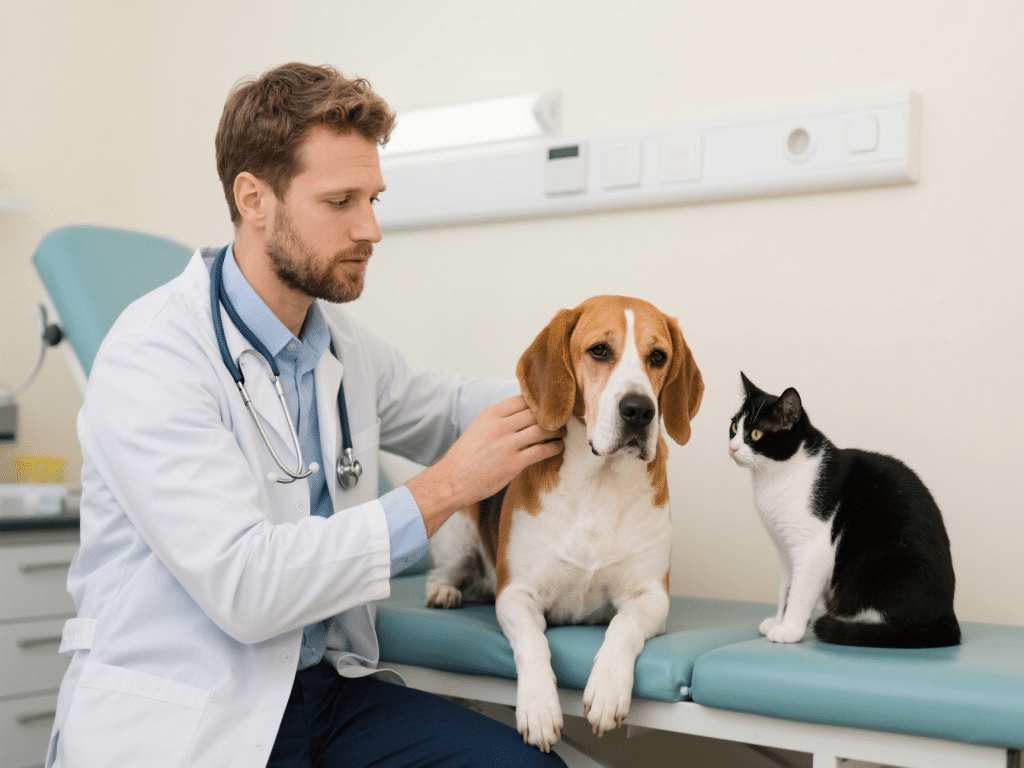
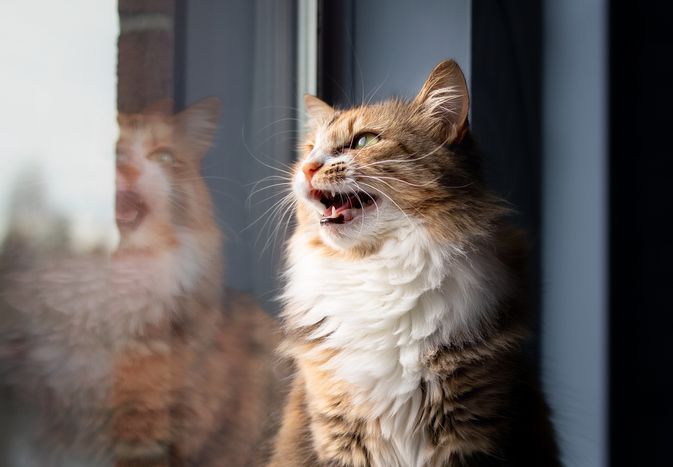
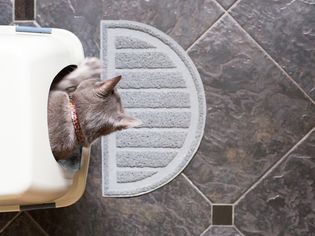

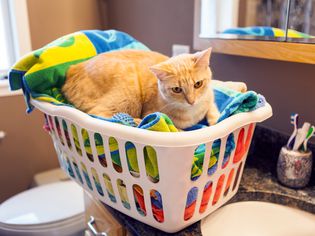
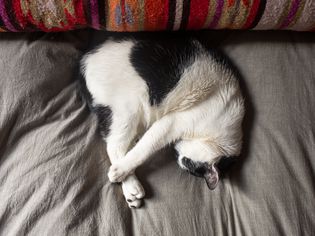
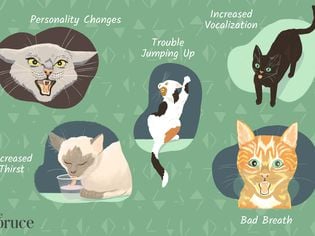
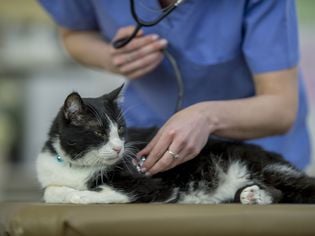

Comments on " How to Spot Depression in Cats and Dogs" :